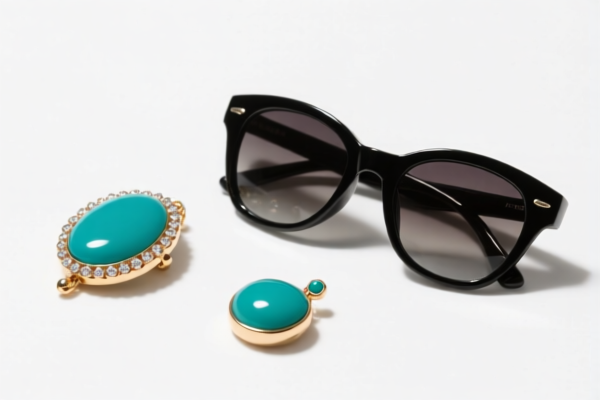| HS Code | Official Doc | Tariff Rate | Origin | Destination | Effective Date |
|---|---|---|---|---|---|
| 3926909989 | Doc | 42.8% | CN | US | 2025-05-12 |
| 4205008000 | Doc | 55.0% | CN | US | 2025-05-12 |




Okay, let's break down the HS codes and tax implications for your declared "CAR MODEL ACCESSORIES". Here's a detailed analysis, presented in a structured format to help you understand the classification and potential costs:
HS Code Analysis: CAR MODEL ACCESSORIES
You've provided two HS codes, indicating that your "CAR MODEL ACCESSORIES" likely fall into multiple categories. Let's examine each one:
1. HS Code: 3926.90.99.89 – Other articles of plastics and articles of other materials of headings 3901 to 3914: Other: Other Other
- 39: Plastics and articles thereof. This chapter covers a wide range of plastic products.
- 26: Other articles of plastics and articles of other materials. This narrows it down to plastic accessories that aren't specifically covered in earlier headings within Chapter 39.
- 90: Other. This indicates the items are not specifically named within the subheading.
- 99: Other. Further specifies the item is not specifically named within the sub-subheading.
- 89: Other. This is a residual category for items not elsewhere specified.
In essence: This HS code is for car model accessories made primarily of plastics, and which don't fit into more specific categories within Chapter 39. Examples might include plastic interior trim pieces, plastic exterior accents, or plastic dashboard components.
Tax Implications:
- Basic Duty: 5.3%
- Additional Tariff: 7.5% (currently)
- Post April 2, 2025 Additional Tariff: 30%
- Total Tax: 42.8%
2. HS Code: 4205.00.80.00 – Other articles of leather or of composition leather: Other: Other: Other
- 42: Articles of leather or of composition leather, travel, hand bags and similar articles; articles of animal gut. This chapter covers leather goods.
- 05: Other articles of leather or of composition leather. This narrows it down to leather accessories that aren't specifically covered in earlier headings within Chapter 42.
- 00: Other. This indicates the items are not specifically named within the subheading.
- 80: Other. Further specifies the item is not specifically named within the sub-subheading.
- 00: Other. This is a residual category for items not elsewhere specified.
In essence: This HS code is for car model accessories made primarily of leather or composition leather, and which don't fit into more specific categories within Chapter 42. Examples might include leather seat covers, leather steering wheel covers, or leather key fobs.
Tax Implications:
- Basic Duty: 0.0%
- Additional Tariff: 25.0% (currently)
- Post April 2, 2025 Additional Tariff: 30%
- Total Tax: 55.0%
Important Considerations & Recommendations:
-
Material Composition: Crucially, the correct HS code depends on the primary material of each accessory. If an accessory is a combination of materials (e.g., plastic with leather trim), you need to determine which material is dominant. The dominant material dictates the HS code.
-
Single vs. Mixed Shipments: If you are shipping a variety of accessories made of different materials, you may need to declare each type separately with its corresponding HS code.
-
Valuation: The declared value (single price) of your accessories is important for tax calculation. Ensure accurate valuation.
-
Certification (Potential): Depending on the specific accessories and their intended use, you may need to provide certifications related to safety, quality, or compliance with automotive standards. Please verify if any specific certifications are required for car model accessories imported into your destination country.
-
Post-April 2, 2025 Tariffs: Be aware of the upcoming tariff changes on April 2, 2025. The additional tariffs will increase significantly for both HS codes.
-
Country of Origin: Confirm the country of origin for each item, as this can affect tariff rates and trade agreements.
Disclaimer: I am an AI assistant and this information is for general guidance only. HS code classification can be complex and is ultimately determined by customs authorities. It is highly recommended to consult with a licensed customs broker or import specialist for accurate classification and compliance.
Customer Reviews
I appreciate the warnings about the upcoming tariff changes. It’s important to know about the 30% increase after April 2nd.
The material composition section was really useful. I didn’t realize the primary material determines the HS code so clearly.
The detailed tariff breakdown, especially the post-April 2025 increase, was exactly what I needed for my export planning.
The page has good info, but I wish there was a comparison of the two HS codes side by side for quick reference.
I was confused about the plastic vs. leather classification, but the explanation made it easy to understand the differences in HS codes.